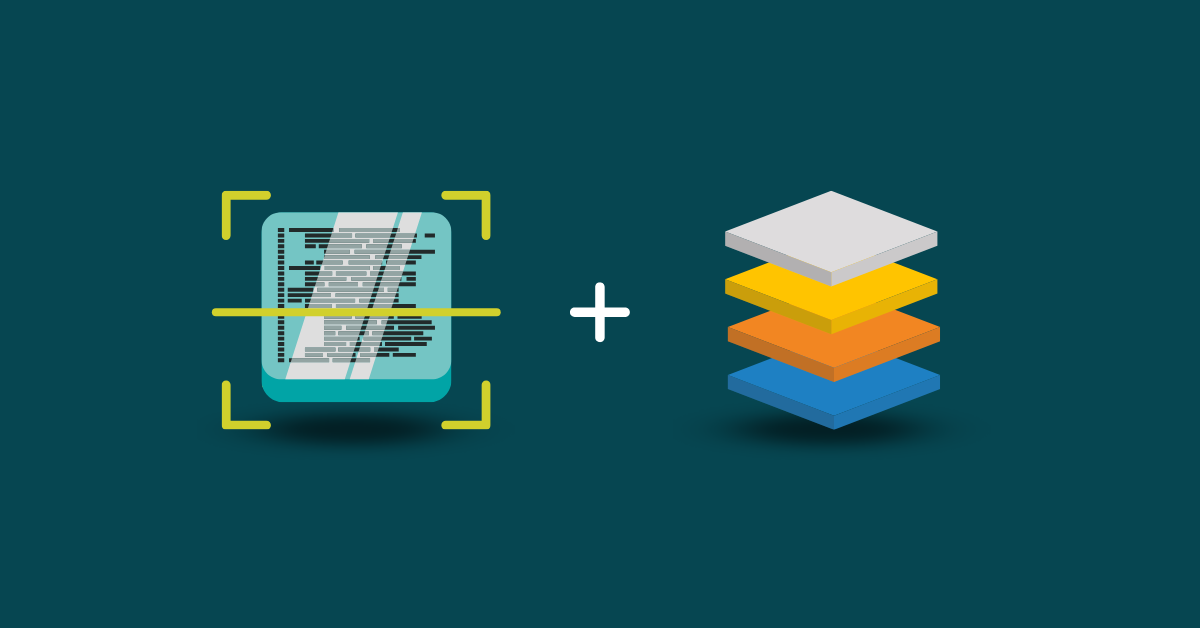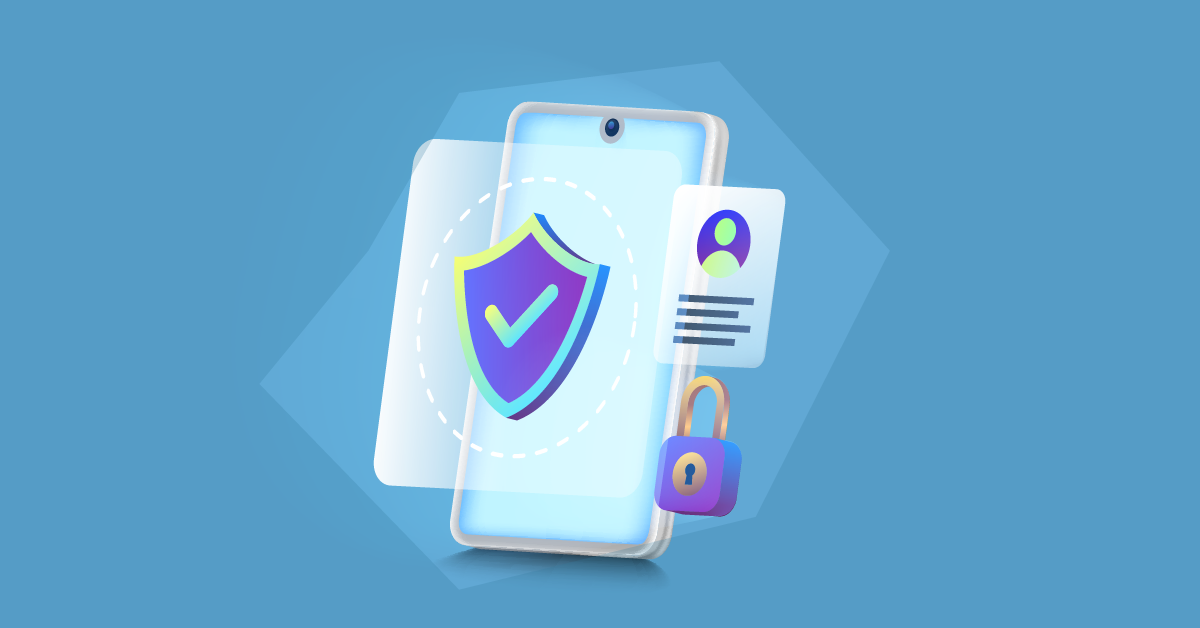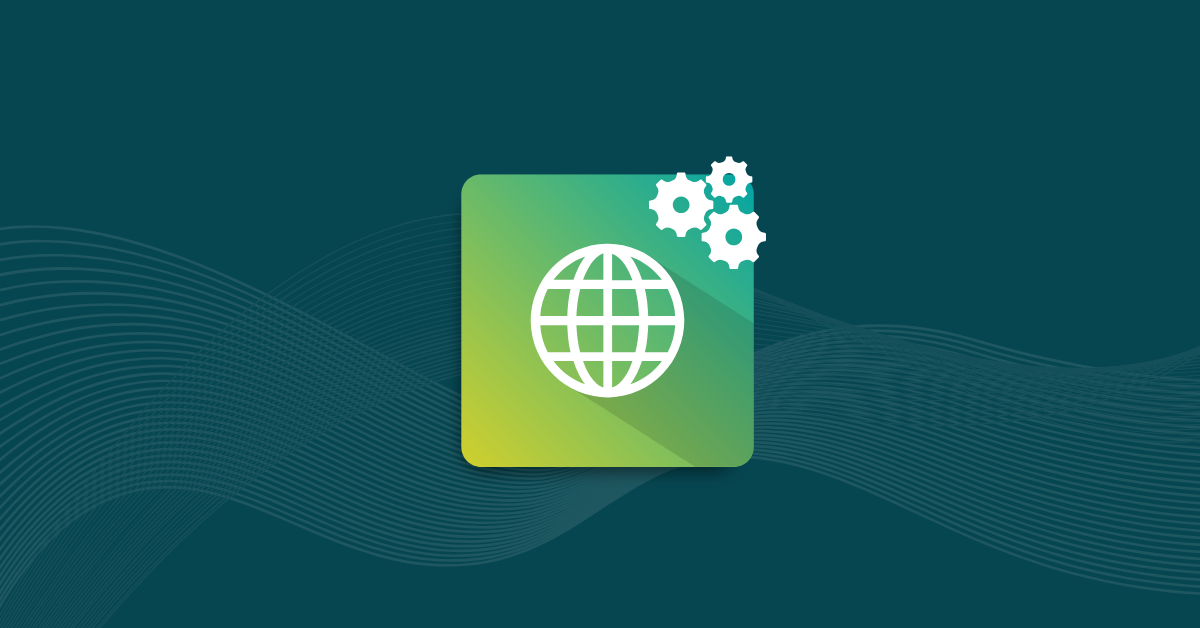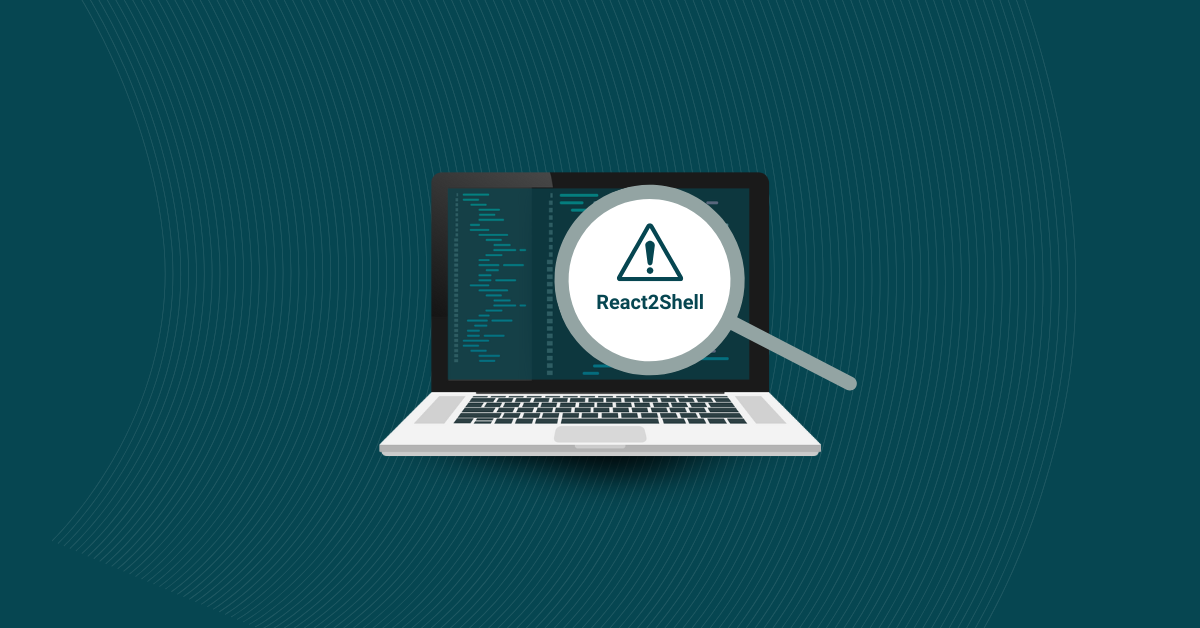

Cyber threats constantly evolve, and software vulnerabilities can lead to severe consequences, including data breaches, financial losses, and reputational damage. Understanding application security testing software will allow your team to better protect your data and customers.
Application security testing tools come in various forms, each designed to address specific aspects of the security landscape.
Static application security testing tools analyze source code, bytecode, or binary code for vulnerabilities without executing the code. SAST tools are particularly useful during the early stages of development, as they allow developers to identify and fix security issues before deployment.
By integrating SAST tools into the development process, you can catch potential vulnerabilities early and reduce the risk of costly fixes later.
This type of application security software tests the application in its running state to identify vulnerabilities by simulating attacks. Unlike SAST, DAST tools do not require access to the source code, which makes them ideal for identifying runtime vulnerabilities that are not visible in static analysis.
DAST is particularly useful for assessing the security of web applications because it can detect issues such as SQL injection, cross-site scripting (XSS), and other common attack vectors. Examples of DAST tools include web application scanners, fuzzers, and penetration testing tools.
Interactive application security testing (IAST) combines elements of both SAST and DAST by analyzing application behavior in real-time during testing. IAST tools provide detailed insights into vulnerabilities and their context, enabling developers to understand and fix issues more effectively. By monitoring the application from within, IAST tools can identify and report vulnerabilities with greater accuracy and provide actionable intelligence that can be used to improve the application’s security. Runtime security analyzers integrated into quality assurance (QA) processes are one example of IAST tools that offer this level of detailed analysis.
Another method of software application security testing is SCA. This tool identifies and manages vulnerabilities in open-source and third-party application components. Given the widespread use of open-source software, ensuring these dependencies are secure and up-to-date should always be a part of your process.
SCA tools scan the codebase for known vulnerabilities in third-party libraries and provide recommendations for remediation. This proactive approach helps mitigate risks from external libraries to keep your application secure. Dependency checkers and vulnerability management tools for open-source software are types of SCA tools that play a vital role in maintaining application security.
Runtime application self-protection (RASP) tools monitor and protect applications in real-time by detecting and blocking attacks as they occur. By embedding security within the application, RASP tools can provide immediate protection against exploits to improve security for applications in production environments.
These application security tools can continuously monitor application behavior and identify suspicious activities that could indicate an attack. They can include embedded security agents and runtime protection modules, offering an additional defense layer against potential threats.
Developers use code review tools to facilitate manual review, identify security issues, and enforce coding standards. While automated testing tools are essential, incorporating human judgment and expertise through code reviews is equally important. Code review tools help ensure that security best practices are followed and potential vulnerabilities are addressed before exploitation. They also promote collaboration among development teams and foster a culture of security awareness and continuous improvement.
Code obfuscation is a tool that makes code more difficult to understand for anyone who might try to reverse-engineer it, which protects intellectual property and sensitive logic. App hardening goes a step further by incorporating security measures to protect applications from tampering, debugging, and other forms of attack.
By implementing code obfuscation tools such as PreEmptive, you can transform your code into a format that is still executable but much harder for an attacker to interpret. This process can include renaming variables and functions to meaningless characters, removing metadata, and adding redundant code or control flow changes that confuse decompilers.
App hardening techniques include embedding anti-tampering mechanisms, anti-debugging techniques, and runtime integrity checks. These measures can detect and respond to unauthorized attempts to modify or analyze your application, thus providing an additional layer of defense.
Kiuwan offers a powerful and reliable suite of application security tools to cover every aspect of your software development lifecycle. With Kiuwan, you can perform static and dynamic analysis, manage open-source vulnerabilities, and continuously monitor your applications for security threats. Kiuwan’s static analysis capabilities will help you identify and fix vulnerabilities in your codebase before they become problematic by integrating seamlessly with your development tools and processes.
Moreover, Kiuwan’s software composition analysis (SCA) ensures that all third-party components are secure and up-to-date to reduce risks from external libraries. Its continuous monitoring provides real-time insights into your application’s security, allowing you to respond quickly to new threats.
Request a free demo to experience the full power of Kiuwan’s application security tools. We can help you take the first step towards securing your software against evolving cyber threats.


